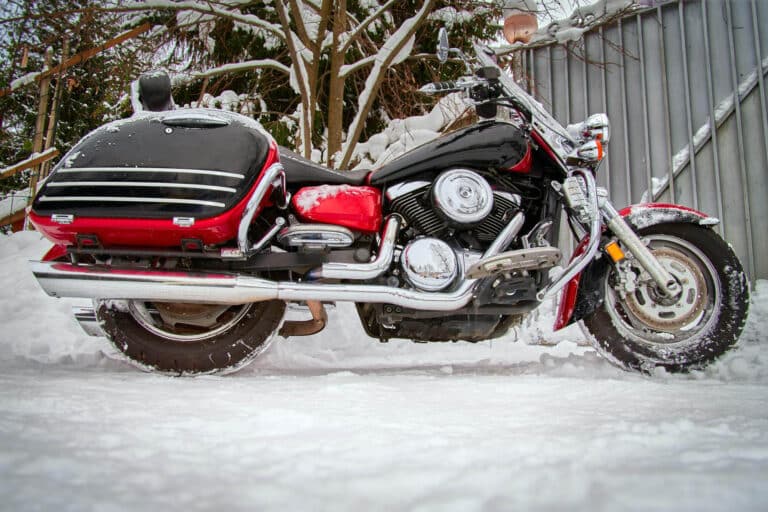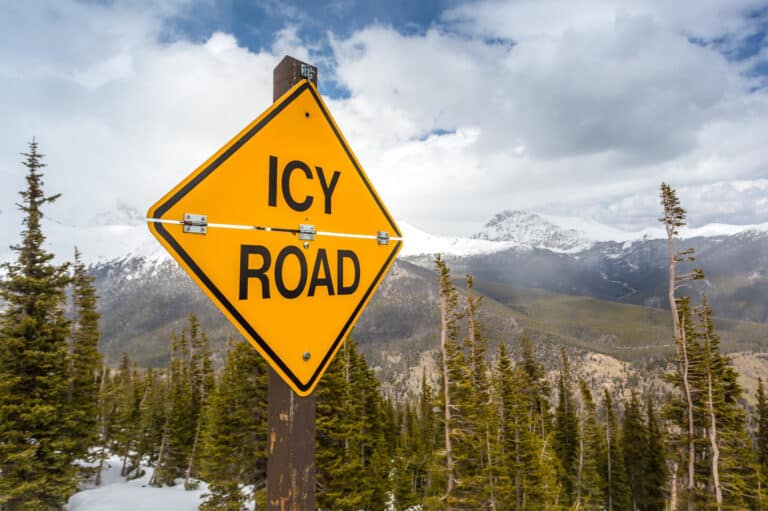Winter brings a unique set of challenges for drivers, with snow and ice contributing to tens of thousands of injury accidents on the road each year. The unpredictable nature of wintry conditions can make even the most experienced drivers vulnerable to hazards. However, by taking proactive steps to prepare both your vehicle and yourself, you can significantly reduce the risks associated with winter driving.
Inspect Your Tires
Proper tire maintenance is crucial for winter driving. Cold weather can cause tire pressure to drop, leading to decreased traction. Regularly check tire pressure and, if possible, consider switching to winter tires, which are specifically designed to handle snow and ice. Ensuring adequate tread depth (at least 4/32 inches) is essential, as worn-out tires struggle to grip slippery surfaces effectively.
Check Battery Health
Cold temperatures can sap the strength from your car battery, often leading to unexpected breakdowns. Before winter hits, have your battery inspected to ensure it can handle colder temperatures. If your battery is over three years old, consider replacing it to avoid getting stranded in freezing weather.
Maintain Wipers and Windshield Fluid
Visibility is key to safe driving, especially during snow and ice storms. Replace your wipers if they leave streaks or have noticeable wear, and top off your windshield wiper fluid with a winter-grade solution that won’t freeze. Consider carrying an extra bottle of windshield fluid in your car for emergencies.
Pack an Emergency Kit
Preparing for the unexpected is a must when driving in winter. Pack an emergency kit that includes essentials like a flashlight, blankets, non-perishable snacks, a first-aid kit, and flares or reflective triangles. It’s also wise to carry a small shovel, ice scraper, and sand or kitty litter for extra traction if you get stuck.
Test Your Brakes and Defroster
Snow and ice demand reliable braking and clear visibility. Have your brakes checked to ensure they’re in good working condition, and make sure your defroster is functioning properly to prevent your windshield from fogging or freezing over.
Even with the best preparation, accidents can still occur due to another driver’s negligence. If you or a loved one are injured in a winter accident, it’s important to seek legal guidance. Our personal injury attorneys are here to assist you in navigating the complexities of your case and ensuring you receive the support and compensation you deserve. Contact us today for a consultation.








